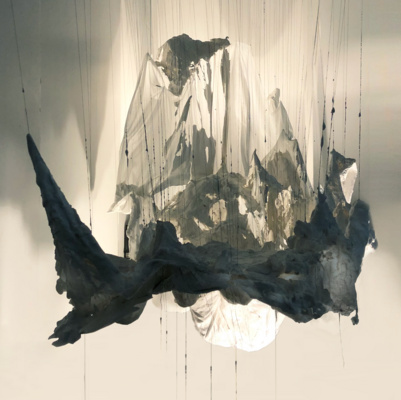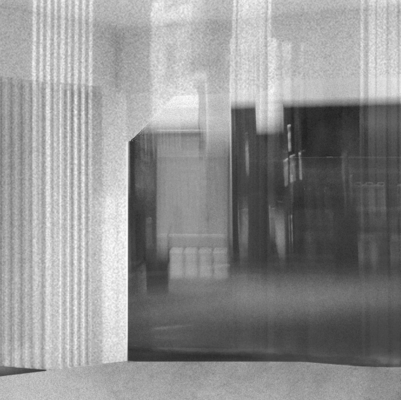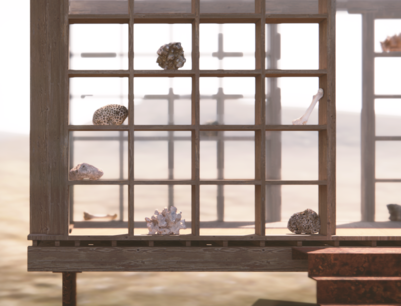This project revolves around a spring in the country estate of Cenci in Umbria, Italy.
Cenci lies in a valley outside the castle town of Amelia. Cenci is a school and landscape laboratory, where teaching courses are held throughout the year, for children and adults alike.
The core of Cenci’s philosophy is to reach a deeper understanding of what it means to learn, by examining different ways of looking at the world.
In the rock wall to the northwest of the site, there are empty cisterns that are testament to the diminishing flow of water in the area.
This is due to rising temperatures, as well as a constant deforestation in the area, which is drying out the landscape.
A new well, fifteen meters deep, was dug next to the old cisterns for groundwater extraction.
In addition, an artificial lake has been constructed, which makes it possible to collect water from the garden and reuse it.
This study investigates how these three different hydrological dynamics (1) the source (2) the well (3) the lake, can be framed through landscape-architectural elements.
Making the water cycle visible, in a world where it is often invisible.
The goal is to stimulate an understanding and discussion about materials and resources, locally and globally.
In the design of the project, cast aluminum figures act as metaphors for the different sources, the natural source, the well and the lake. The aluminum figures are cast into stone from the rock wall, and mounted on copper plates and lava stone from a construction that is no longer in use on site. The materials are all gathered from the site itself, excluding the aluminum figures. The water is the actor and the physical installation the scenography, which will change and erode over time as the water and the materials interact.
Pictures from the context:

























